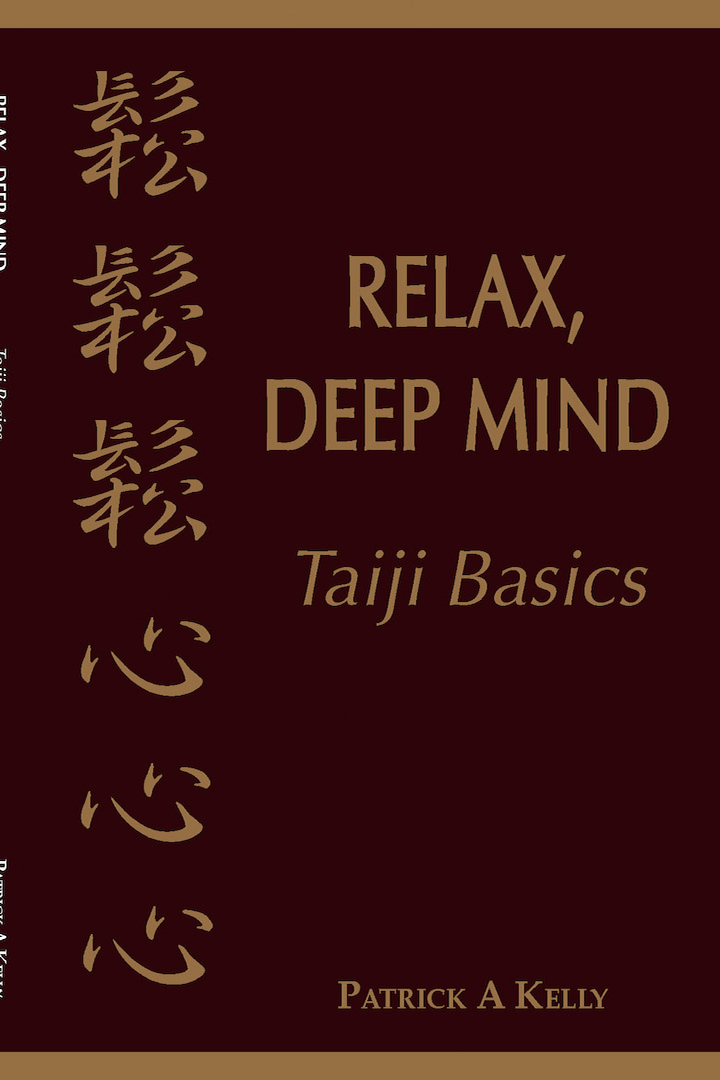Appledog
Green Belt
What's the difference?
A: Do you agree with my 6H definition?
B: My practice is different.
A: But you still have not explained what the difference is.
In this video, you can see his
- left hand coordinate with his left foot (left hand pull, left foot spin),
- right-hand coordinate with his right foot (right hand push back, right leg kick back).
Without 6H, this technique will be too complicated to train (4 separate forces). With 6H, the training difficulty has cut in half (2 separate forces).
What would happen if the guy who threw just punched the aggressor in the face? He was wide open.
Once my Sifu Patrick Kelly asked me to throw a punch. Before anyone could blink my fist was touching his chest. He said, he wasn't ready that time, do it again.
Everyone has a plan until they get punched in the face.






